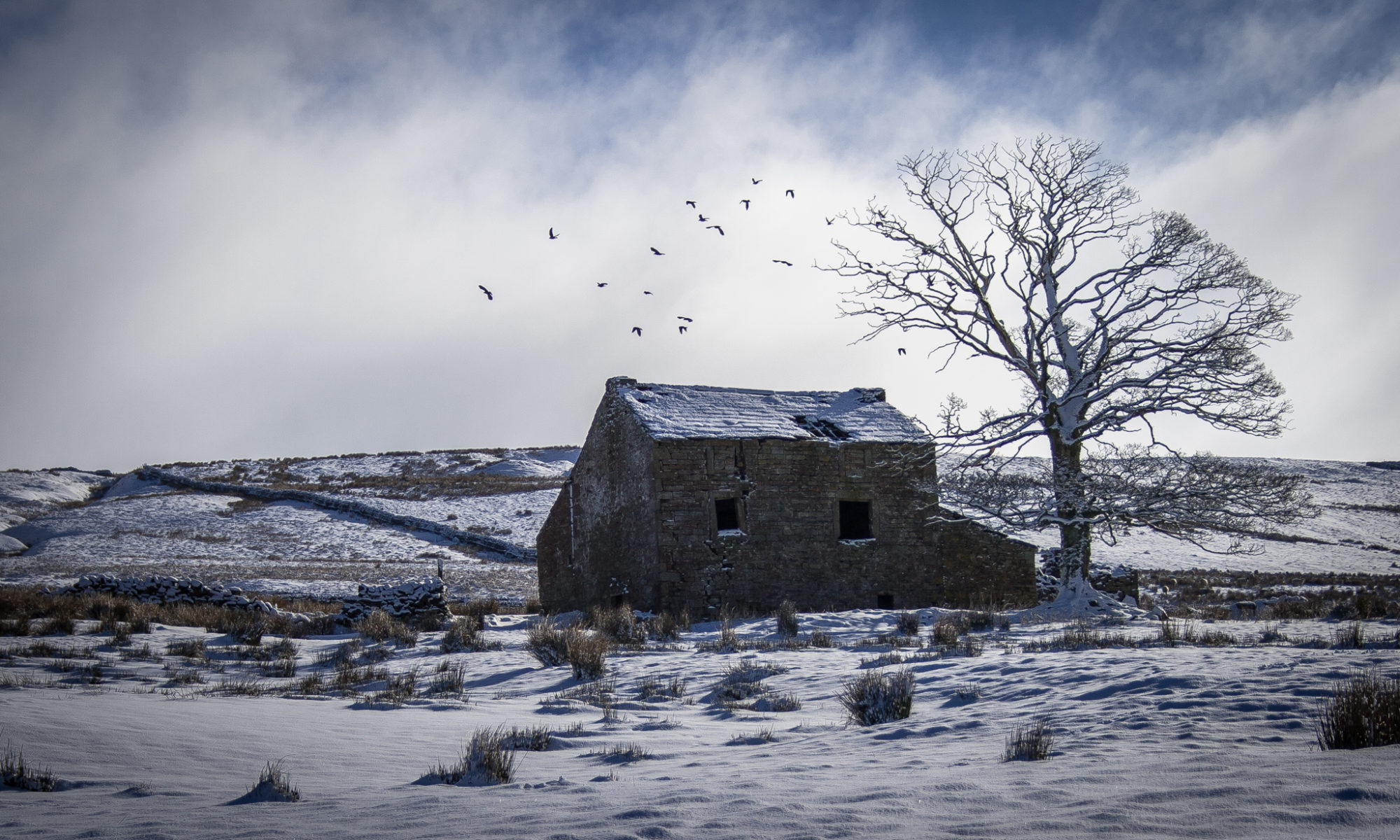In 1984, maybe 1985, my brother Darren, introduced me to a game on his zx spectrum – Lords of Midnight. It’s a wargame/adventure game which was revolutionary in its time. Written by Mike Singleton. You can read much about the history of the game on its wiki page.
In about 1990 I was playing around with a new Spectrum+3 that I had bought and decided to reverse engineer Lords of Midnight. I just wanted to know how it worked.
After performing the reverse engineering, I ported the game to the PC. This indirectly led me to getting a job in the games industry when another industry legend Jon Ritman saw the project and suggested I should think about joining the games industry, and thus everything else that has followed in my career over the last 20 years.
My port was released along side Mike’s official 3rd part of the game. Lords of Midnight:The Citadel in 1995.
In 1999 I started work on an updated version of Lords of Midnight and Doomdark’s Revenge. A project that was never finished and over the years has fallen by the wayside. But much good came out of it.
My website ICEMARK.com ( Icemark being the land that Doomdark’s Revenge was set in ) was setup and covers much Lords of Midnight material. It has become the unofficial central site for midnight related material.
My reverse engineering of Lords of Midnight and a number of other spectrum titles that followed, led to me performing some work for a New York law firm on 3d Patent Case 4,734,690
In 2004 I wrote a 10 page article about Lords of Midnight in which I also interview Mike Singleton. It was my first piece of published work. Which in turn led to a number subsequent articles.
I host a website for the game Midnight/MU developed originally Jean-Yves Rouffiac, a multi-user take on the Midnight games, and have been involved in the development in some small way over the years.
Needless to say, that Lords of Midnight has played a major part of my life for the last 27 years.
So, taking all the above into account, you can imagine my jubilation, when Mike emailed me at the end of January to discuss the concept of us collaborating on a Lords of Midnight project….
… further details of this new project to follow…
Like this:
Like Loading...
Related Posts:
